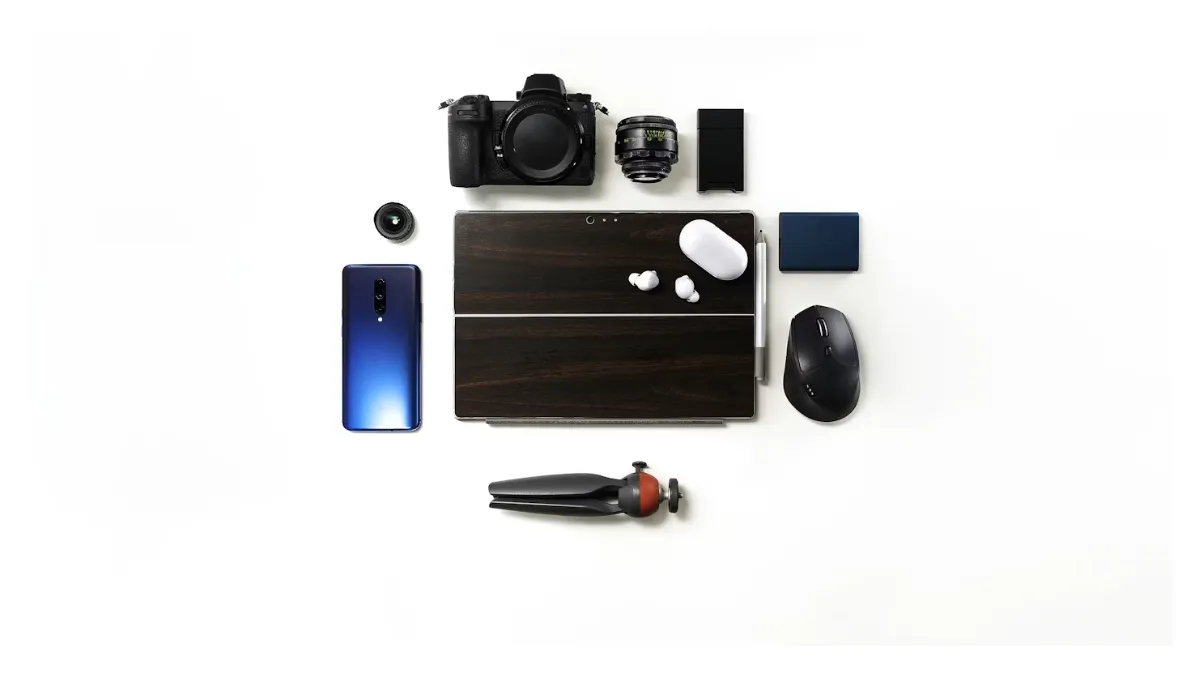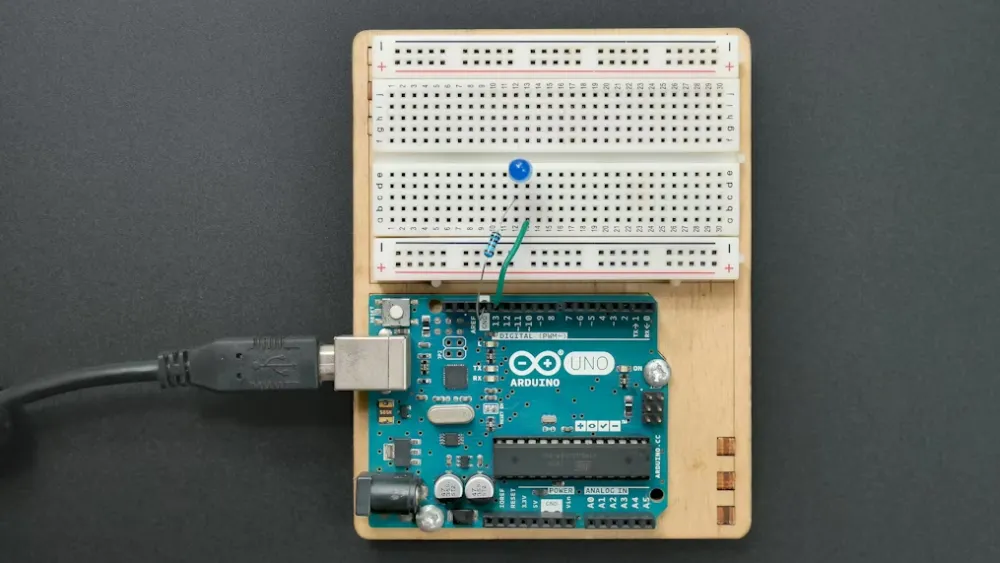
Thermos Cups EU Certification (EU) No. 10/201
In the thermos cup industry, products exported to the EU must comply with the stringent Food Contact Materials (FCM) RegULation (EU) No. 10/2011 to ensure they do not pose any risks to human health during use.
Types of Thermos Cups
① Stainless steel thermos cups
② Glass-liner thermos cups
③ Plastic components (lids, straws, sealing rings, etc.)
④ CeraMIC-coated thermos cups
⑤ Children’s thermos cups
⑥ Electric/heated thermos cups
JJR LAB Testing Items
1. Stainless Steel Thermos Cups
① Common materials: 304 / 316 food-grade stainless steel
② Testing items: heavy metal migration, metal composition analysis
2. Glass-Liner Thermos Cups
① Common materials: glass vacuum layer
② Testing items: heavy metal migration (lead, cadmium)
3. Plastic Components (lids, straws, sealing rings, etc.)
Common materials: PP, silicone, ABS, PA, and others
Testing items:
① BISphenol A (BPA) migration
② Phthalates (plasticizers)
③ Volatile Organic Compounds (VOCs)
④ Heavy metal migration (lead, cadmium, etc.)
⑤ Overall migration
4. Children’s Thermos Cups
Testing items:
① Heavy metal migration (lead, cadmium, etc.)
② Bisphenol A (BPA)
③ Small parts testing
④ Migratable chemicals (such as phthalates, heavy metals)
5. Electric/Heated Thermos Cups
Testing items:
① Heavy metal migration (lead, cadmium, chromium, mercury, etc.)
② Polybrominated biphenyls (PBBs), polybrominated diphenyl ethers (PBDEs)
③ Hexavalent chromium
④ Phthalates
⑤ Electrical and electronic parts: RoHS Compliance testing
6. Ceramic-Coated Thermos Cups
① Common materials: metal body with ceramic coating
② Testing items: heavy metal migration (lead, cadmium)
JJR LAB Testing Equipment
1. Inductively Coupled Plasma Optical Emission Spectrometer (ICP-OES)
Detects heavy metal migration (Pb, Cd, Hg, Cr, etc.) with high precision. Suitable for stainless steel, ceramic coatings, silicone, plastic, and other materials.
2. X-Ray Fluorescence Spectrometer (XRF)
Rapidly analyzes elemental composition, commonly used in RoHS compliance testing. Detects lead (Pb), cadmium (Cd), mercury (Hg), and more.
3. InfraRED Carbon-Sulfur Analyzer
Determines carbon and sulfur content in stainless steel. Carbon content affects hardness and corrosion resistance (e.g., 440C stainless steel: 0.9–1.2% carbon, high hardness but lower corrosion resistance than 304). Precision up to ±0.0001%.
4. Gas Chromatography–Mass Spectrometry (GC-MS)
Detects volatile organic compounds (e.g., plasticizers, adhesives), polycyclic aromatic hydrocarbons (PAHs), and organic substances migrating into food simulants (plasticizers, solvent residues, etc.).
5. Electric Blast Drying Oven
Provides controlled temperature conditions for immersion testing (e.g., 3% acetic acid) and migration testing with food simulants (olive oil, ethanol, water). Ensures strict adherence to test protocols.
6. Fourier Transform Infrared Spectrometer (FTIR)
Identifies plastics and silicone materials (e.g., PP, PE, food-grade silicone) by analyzing infrared spectrum characteristics. Helps confirm compliance with food-contact material requirements.
Email:hello@jjrlab.com
Write your message here and send it to us
 How to get a D-U-N-S® Number for US FDA Registrati
How to get a D-U-N-S® Number for US FDA Registrati
 Household Massage Devices Compliance in the China
Household Massage Devices Compliance in the China
 Compliance for the Global In Vitro Diagnostic (IVD
Compliance for the Global In Vitro Diagnostic (IVD
 Compliance Guide for Nebulizers in European and Am
Compliance Guide for Nebulizers in European and Am
 Cybersecurity Certification Service for EU RED Dir
Cybersecurity Certification Service for EU RED Dir
 ANATEL Certification Compliance Guide for Brazil M
ANATEL Certification Compliance Guide for Brazil M
 Energy Storage Battery Brazil Inmetro Certificatio
Energy Storage Battery Brazil Inmetro Certificatio
 Southeast Asia Compliance Requirements for EV Char
Southeast Asia Compliance Requirements for EV Char
Leave us a message
24-hour online customer service at any time to respond, so that you worry!




